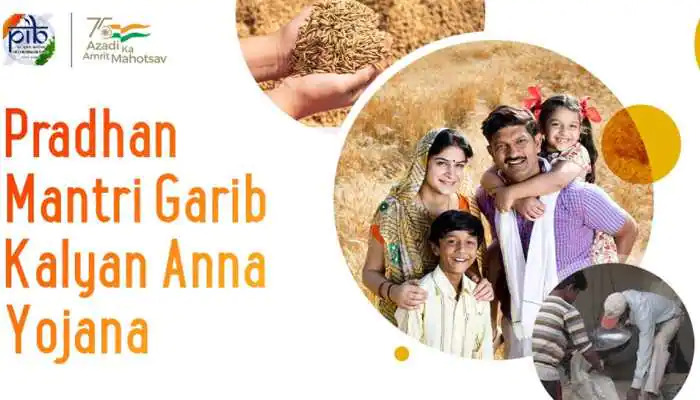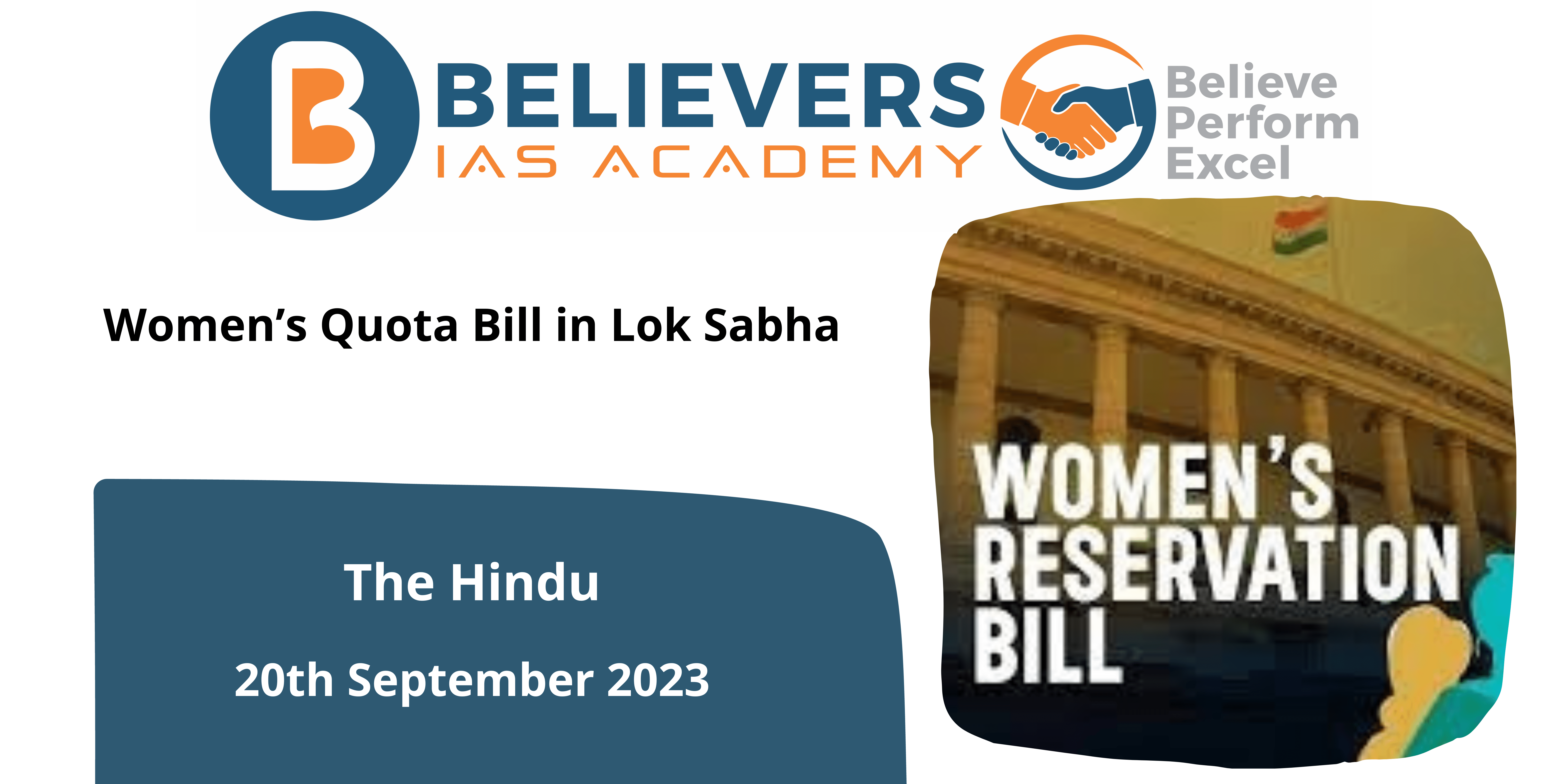Pradhan Mantri Garib Kalyan Anna Yojana
Context :
The government decided to restrict the supply of food grains through the Open Market Sale Scheme (Domestic) to 100 tonnes to curb inflation in the market.
Pradhan Mantri Garib Kalyan Anna Yojana
- The Indian government introduced the PMGKAY food security benefits programme in March 2020, at the height of the COVID-19 pandemic.
- The programme attempts to use the Public Distribution System to deliver food grains to India’s poorest residents.
- The Ministry of Consumer Affairs, Food and Public Distribution, with the Ministry of Finance serving as the nodal ministry, oversees its operation. It is run by the Department of Food and Public Distribution.
- Priority households are covered by PMGKAY, including those with ration cards and Antyodaya Anna Yojana beneficiaries.
- Each qualified family is given 1 kg of dal (lentils) and 5 kg of rice or wheat per person (depending on regional dietary preferences).
- The program’s funding comes from the Union Budget, which has set out Rs. 2 lakh crores for the fiscal year 2022–2023.
- Due to its scope and reach, it is regarded as the largest food security programme in the world.
- Prime Minister Narendra Modi extended the programme till November 2020 due to its effectiveness and success.
Obstacles faced:
- PMGKAY was first introduced for April through June 2020, with an anticipated cost to the exchequer of 1.70 lakh crore.
- It was anticipated that 800 million recipients would gain from the extension, which aimed to ensure that nobody went hungry while the pandemic was active.
- An extra 90,000 crore was spent because of the delay.
- Initially, PMGKAY was introduced for April through June 2020 at an estimated cost of 1.70 lakh crore to the government’s coffers.
- The delivery of free grain, however, ran into problems because of localised corruption.
- Goa and Telangana were two states that failed to deliver any grain, while other states only distributed 1% of their allotted grain.
- Corruption among village council members and food distributors was noted as a significant barrier in the distribution process.
- Concerned by the state of affairs, the Union Minister of Consumer Affairs, Food, and Public Distribution emphasised that the problem was being treated seriously.
- Another element implicated in the failure of grain distribution is a lack of migrant labour.
National Food Security Act, 2013
- Aim of the act: The act’s main objective is to give subsidised food grains to around two-thirds of India’s 1.4 billion inhabitants, which represents a sizable chunk of the country’s population.
- Enactment: On September 12, 2013, the act was ratified, taking effect retroactively from July 5, 2013.
- Entitlement: The statute transforms current food security initiatives into enforceable entitlements. It includes initiatives like the Public Distribution System (PDS), Integrated Child Development Services programme, and Midday Meal Scheme. Additionally, maternity benefits are acknowledged.
- Coverage: All eligible users are covered by the Midday Meal Scheme and the Integrated Child Development Services Scheme because they are universal programmes. About two-thirds of the population is served by the Public Distribution System (PDS), with varied coverage percentages for rural and urban areas (75% in rural areas and 50% in urban areas).
- Subsidized Prices: Beneficiaries of the Public Distribution System are eligible to receive 5 kilogrammes (11 lb) of grains at discounted costs per person each month. The following are the cereal prices that are specified:
A)Rice at $3 (3.8) per kilogramme
B)Wheat for US$2 (US$2.5) per kilogramme.
C)Millet, coarse grains, for $1 (1.3 US) per kg
- Free Cereals: Daily free cereals are available to pregnant women, breastfeeding moms, and certain age groups of children.
- Controversies: The 2013 National Food Security Act has generated debate. It was presented to the legislature in December 2011, made official by the president as an ordinance in July 2013, and signed into law in September 2013. At various times, various states have carried out the act’s application.
- State Implementation: For instance, starting on November 17, 2015, the government of Odisha implemented the legislation in 14 districts. On December 24, 2015, the government of Assam did the same.





